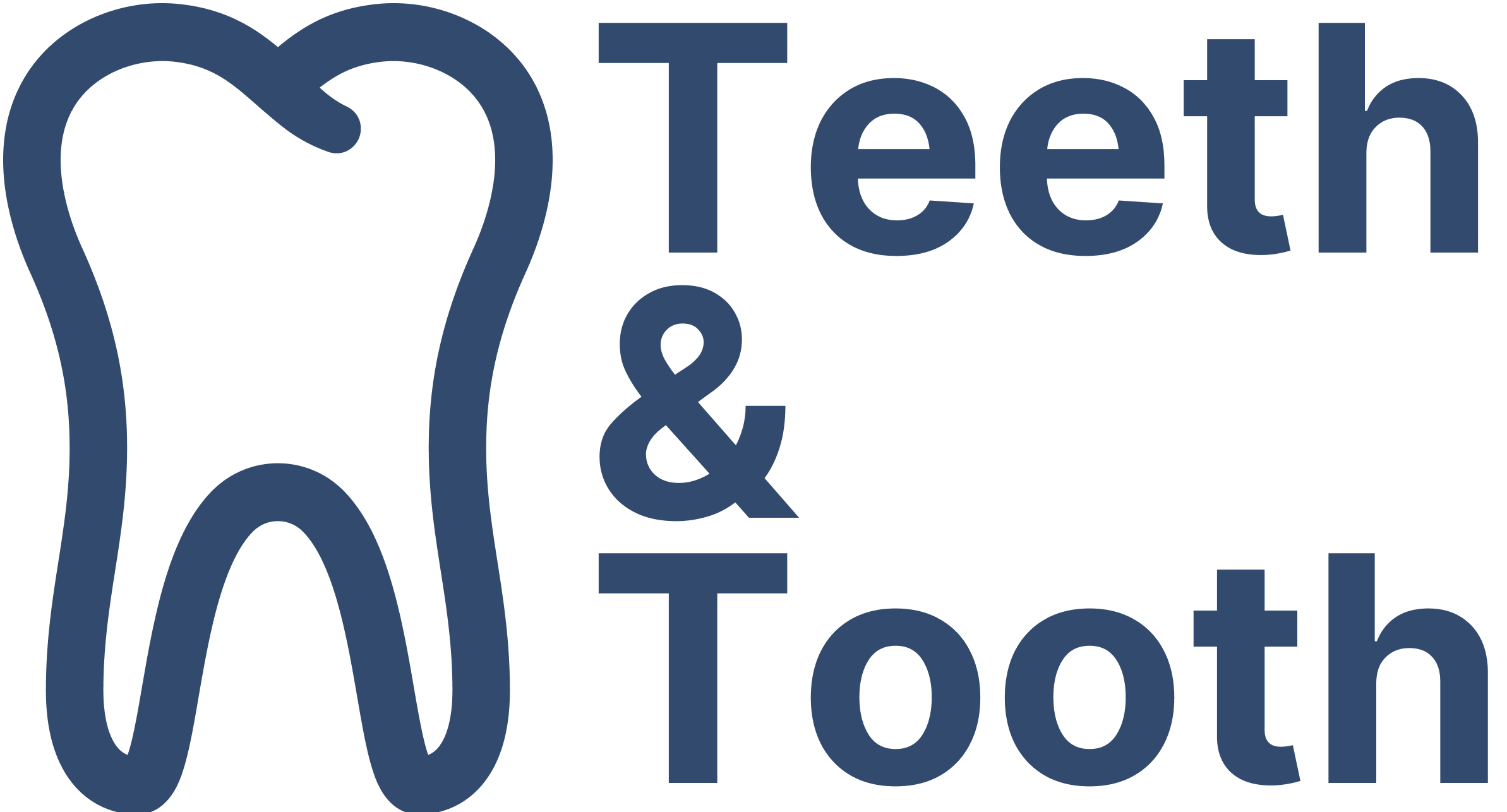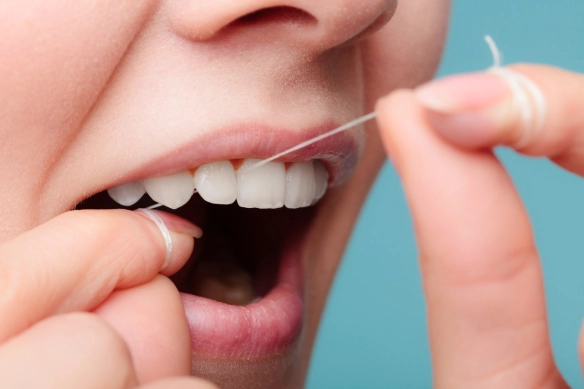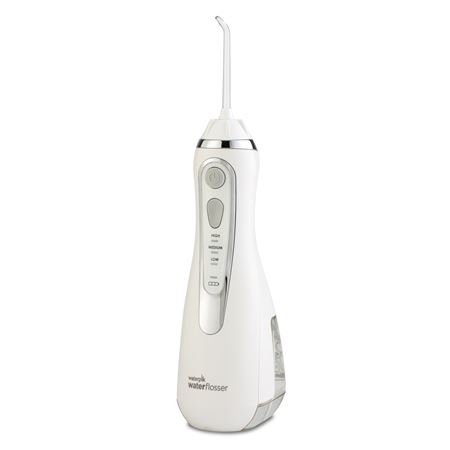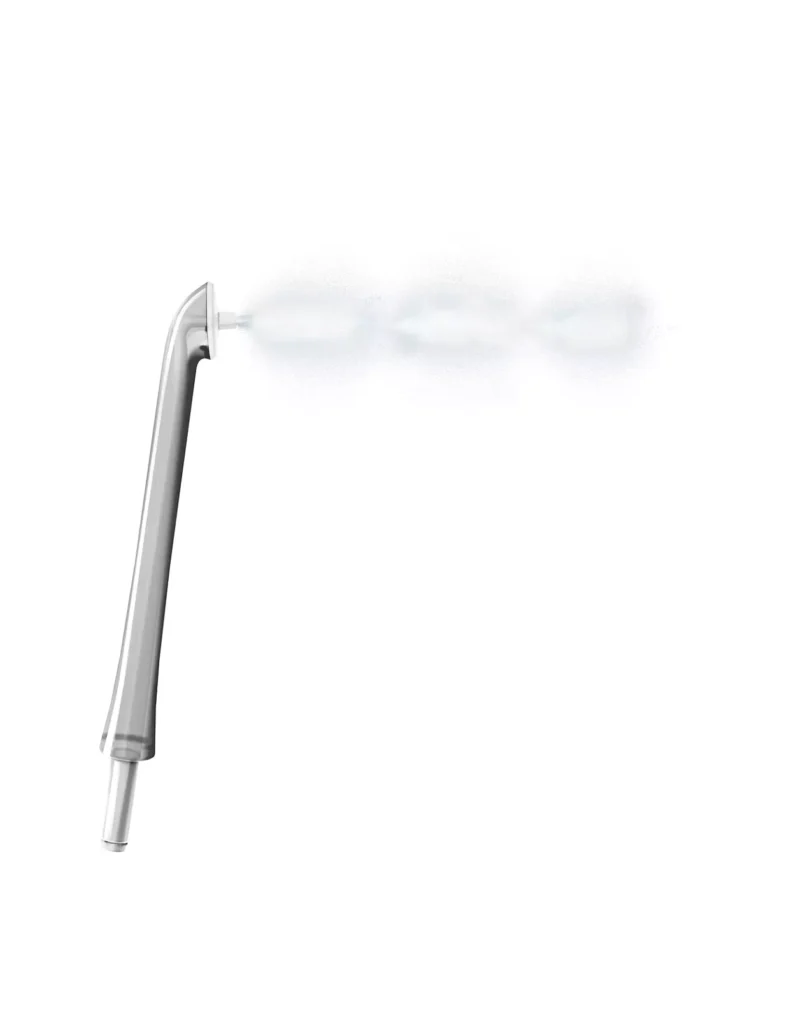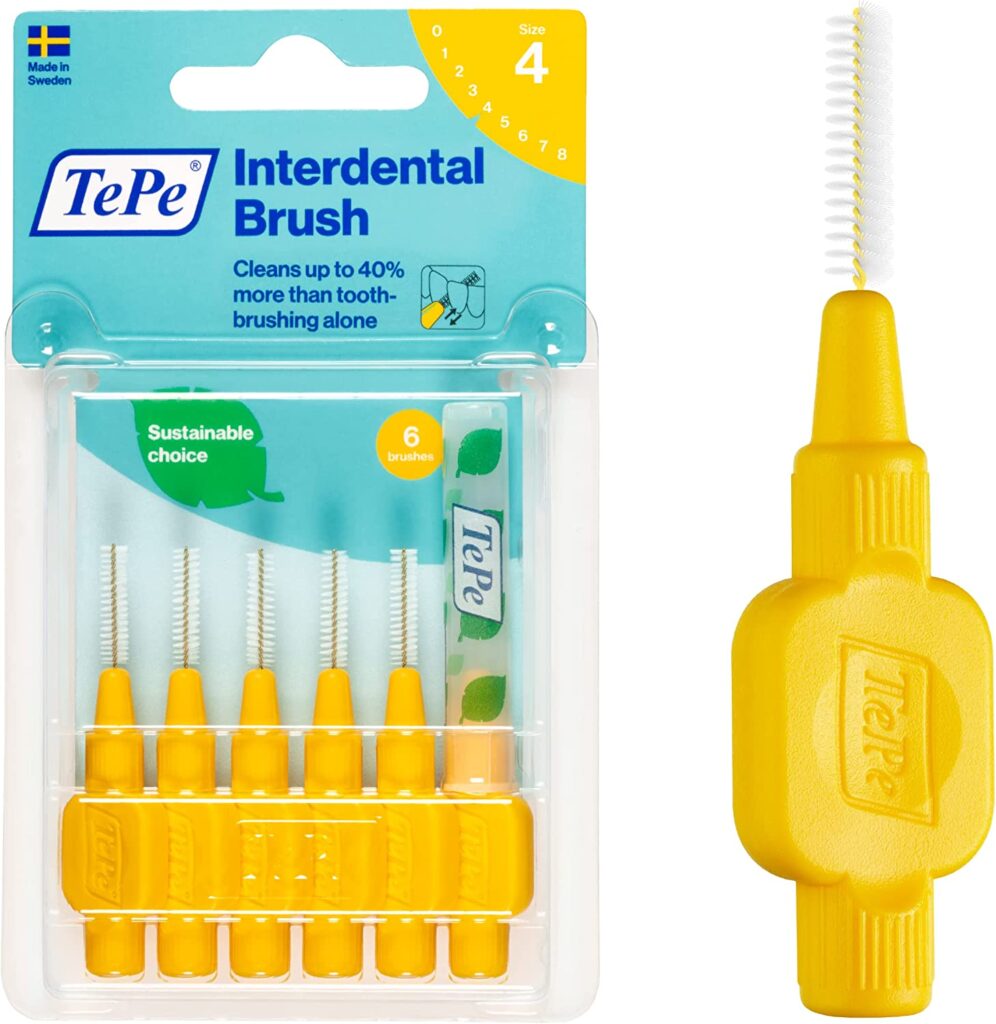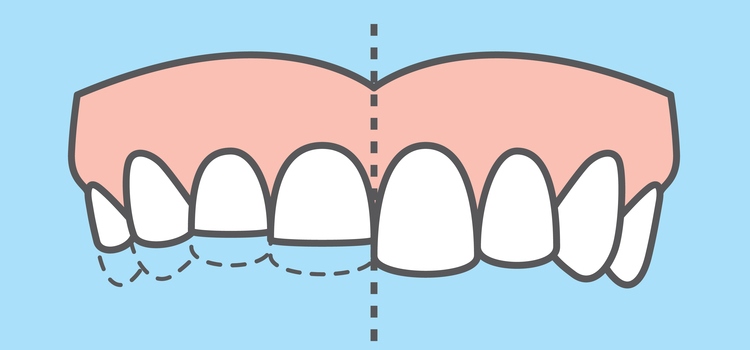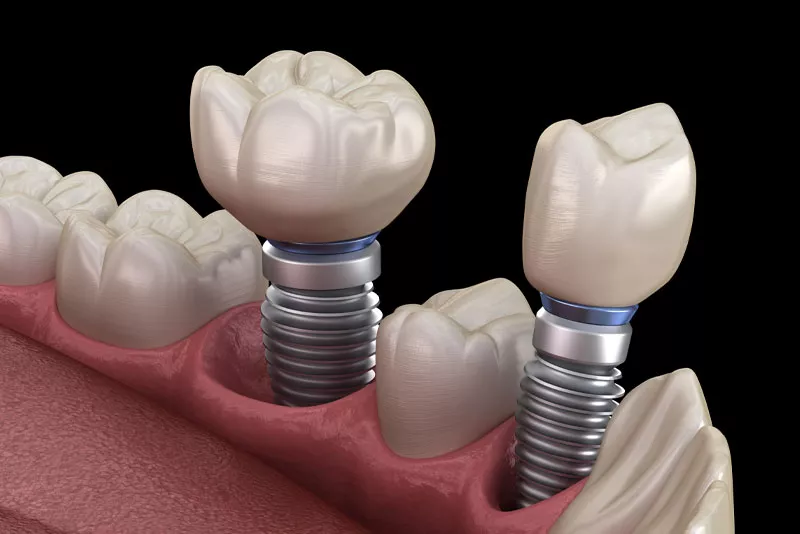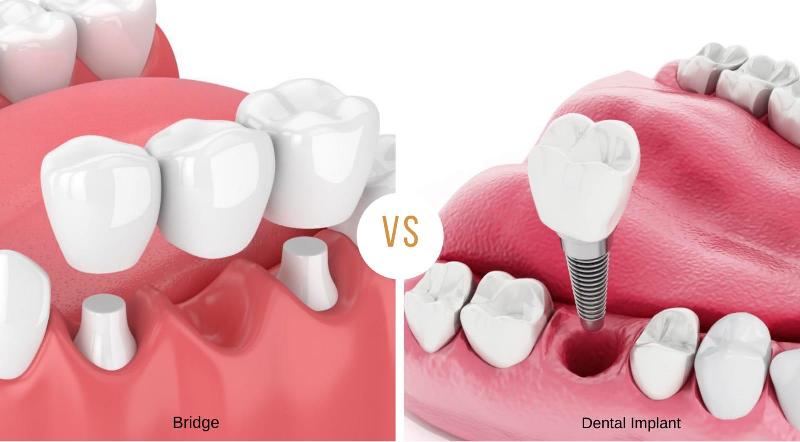Good dental hygiene is essential for optimal oral health, and flossing plays an important role in your daily oral hygiene routine. Flossing daily helps remove plaque and food particles from between teeth and along the gumline, reducing the risk of gum disease, bad breath, and tooth decay.
However, many people find that their gums hurt when they floss. This sensation can range from mild discomfort to severe pain. In fact, some may experience bleeding and gum swelling after flossing.
In general, flossing should not cause any pain to your teeth or your gum. As such, one should explore the different reasons behind why your gums will hurt when flossing. In the rest of this article, we will identify the different causes behind the pain and provide alternatives to flossing.
1. Improper Flossing Technique
Improper flossing technique can cause a number of issues for the gums. While it may seem logical to floss more aggressively to remove the plaque from the teeth, this will backfire as it will irritate the gum tissue and cause damage to the blood vessels as well as the connective tissue. This will lead to pain and inflammation to the gum.
If you have just started flossing, it is ok to experience discomfort and bleeding as you have not yet proper the right flossing technique. It is important to insert the floss between the teeth and gently move it up and down against the side of each tooth, cleaning up the spaces while being careful not to saw into the gums.
2. Existing Gum Disease
Gum disease, also known as periodontal disease, is an infection of the gums caused by the build up of plaque and tartar. Plaque is a sticky film of bacteria that forms on the surface of the teeth and gum. It is formed when bacteria in the mouth combines with sugar from food and drinks to produce an acid. When the plaque is not removed through regular brushing and flossing, it produces a toxin that irritates and inflame the gums, leading to gum disease.
You may be interested in: Does Flossing Actually Whiten Your Teeth?
When one suffers from gum disease, the gum suffers from redness and swelling. Flossing can further irritate the already inflamed gum, causing pain and in some situations, bleeding.
When flossing with an existing gum disease, it is important to use gentle pressure and be sure not to exert pressure on the delicate gum tissue.
3. Tooth Sensitivity
Dentin hypersensitivity, also known as teeth sensitivity, is a common dental condition characterized by a short and sharp pain the the teeth when it is exposed to a stimuli such as hot or cold food, sweet or sour food, and even breathing in hot or cold air.
The pain happens as the dentin, a hard substance that contains tiny tubes of nerve fibers and sits beneath the enamel, is exposed to the elements. Any stimuli can easily reach the pain receptor inside the tooth transmit pain signals to the brain.
If you have sensitive teeth, flossing can trigger pain in the gums and teeth because the floss will stimulate the exposed dentin in the teeth.
4. Existing Braces or Dental Work
If you have braces, flossing can be an uncomfortable and painful experience as the wires and brackets can make it difficult to maneuver the floss between the teeth and the brackets and wires. You will inadvertently irritate the gums as you figure out the best way to floss with braces.
As such, flossing with your braces will require you to make adjustment to your flossing technique and to spend more time to make sure you get into all the nooks and crannies around your braces. Your dentist or orthodontist can give you specific instructions on how to floss with braces
Similarly, if you have dental work such as bridges, crowns, or implants, it can be challenging to clean under it, and flossing can easily irritate the gums. However, with the right tools and techniques, it is possible to floss effectively around these dental restorations.
Alternatives to Traditional Flossing
Traditional flossing is an important step in maintaining good oral hygiene, but it often can be a tedious and uncomfortable experience for some. Fortunately, there are several alternatives to traditional flossing that can effectively clean between your teeth and maintain good oral health.
Firstly, one can consider using a water flosser. Also known as an oral irrigator, water flosser are becoming increasingly popular as an alternative to traditional flossing. The device work by shooting jets of water or mouthwash through a nozzle and onto the teeth and gums. The pressurized water stream reaches areas where brushing cannot reach and dislodges plaque and food particles that are stuck between the teeth and along the gum line.
Depending on the configuration, a water flosser can be set at different levels of pressure and use different nozzles for specific areas or for targeted cleaning.
Secondly, use an airfloss. These interdental cleaning devices uses pressurized air and a few droplets of water to eject a stream of high-pressure mist, blasting away plaque and food particles in between the teeth. Most airfloss products allow user to adjust the pressure and frequency of the blast to suit their needs.
Most air flosser are cordless and use a small volume of water, making them popular among people who prefer convenience and wants to avoid the ‘water mess’ often seen in water flossers.
Interdental brushes are another great way to clean the gaps between your teeth. These brushes act like mini-toothbrushes and have tiny bristles to scrub away food and plaque between your teeth. The bristles are typically made of nylon or other durable material and are arranged in a spiral pattern around the brush handle to maximize efficiency.
Interdental brushes come in a range of sizes to accommodate different sized gaps between teeth, so it is important to choose the right size for your needs. Some interdental brushes also have angled handles for easier access to the back teeth, and some have flexible handles for better maneuverability.
Takeaway
In conclusion, there are several reasons why flossing can hurt the gums, including improper flossing technique, gum disease, tooth sensitivity, and dental work such as braces or bridges. If your gums are healthy and you are flossing with the proper technique, you should not experience any pain at all. If you have ruled out the above reasons but continue to experience pain while flossing, it is best to speak with your dentist to determine the underlying cause and receive proper treatment.
Last but not least, while there are alternatives to traditional flossing, they should not replace your oral hygiene care. Maintaining good oral hygiene is crucial for overall oral health this includes brushing, use of mouthwash, and regular dental checkups.
